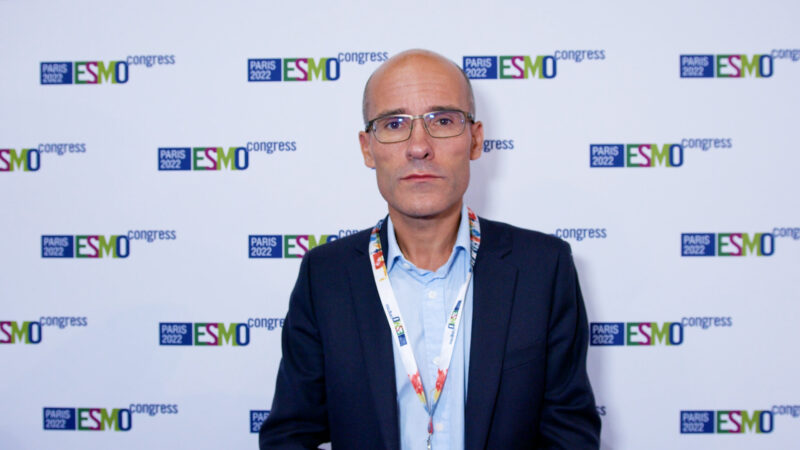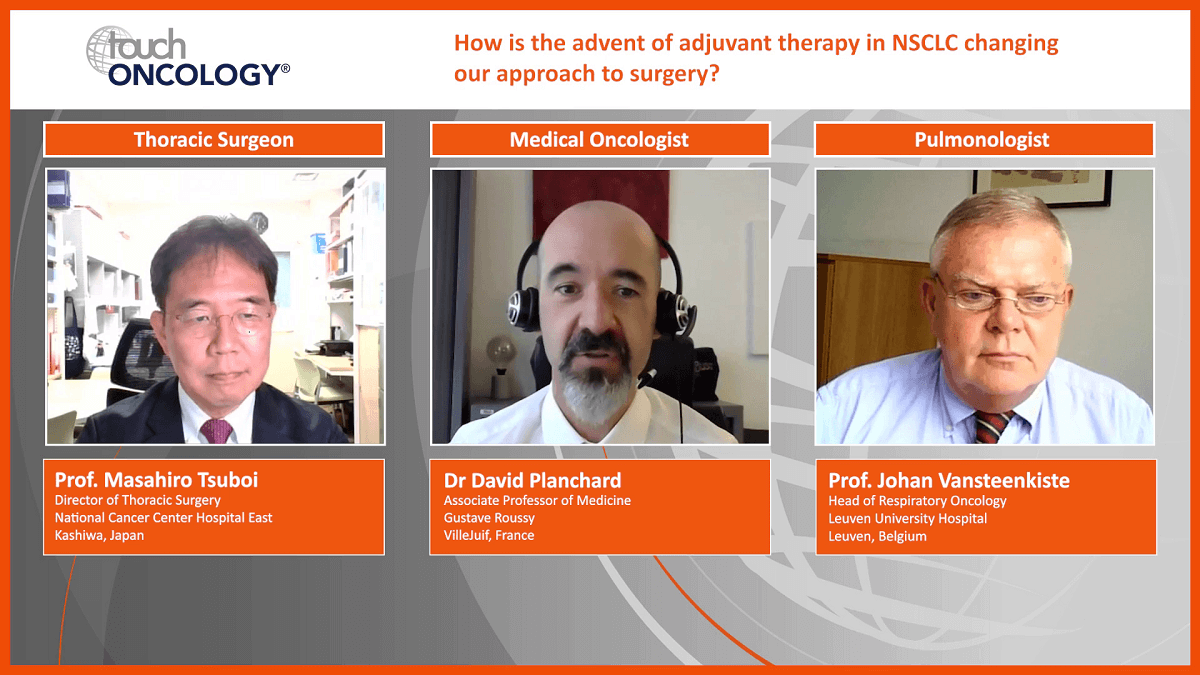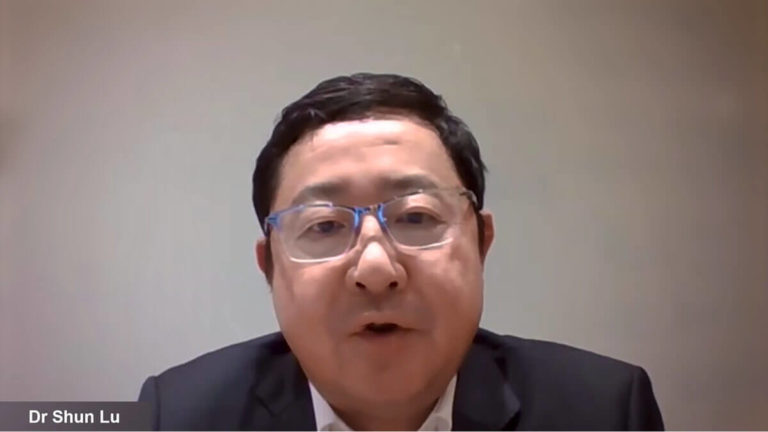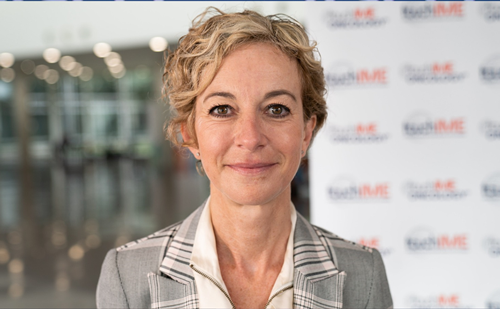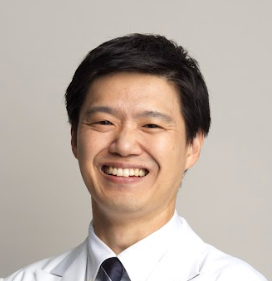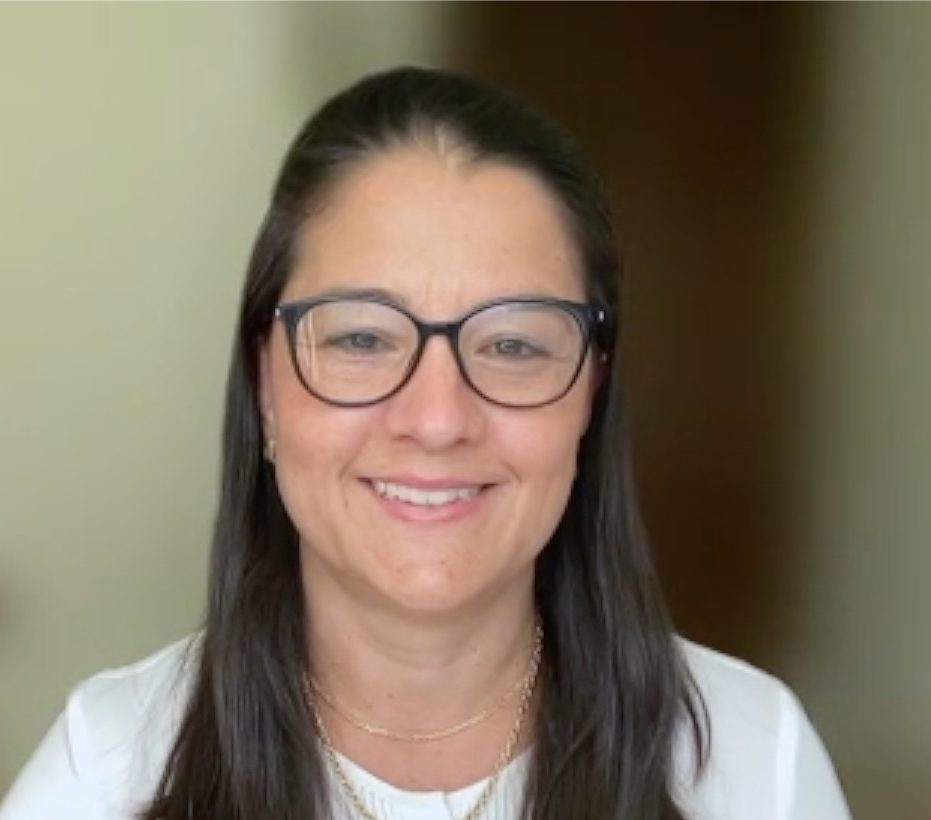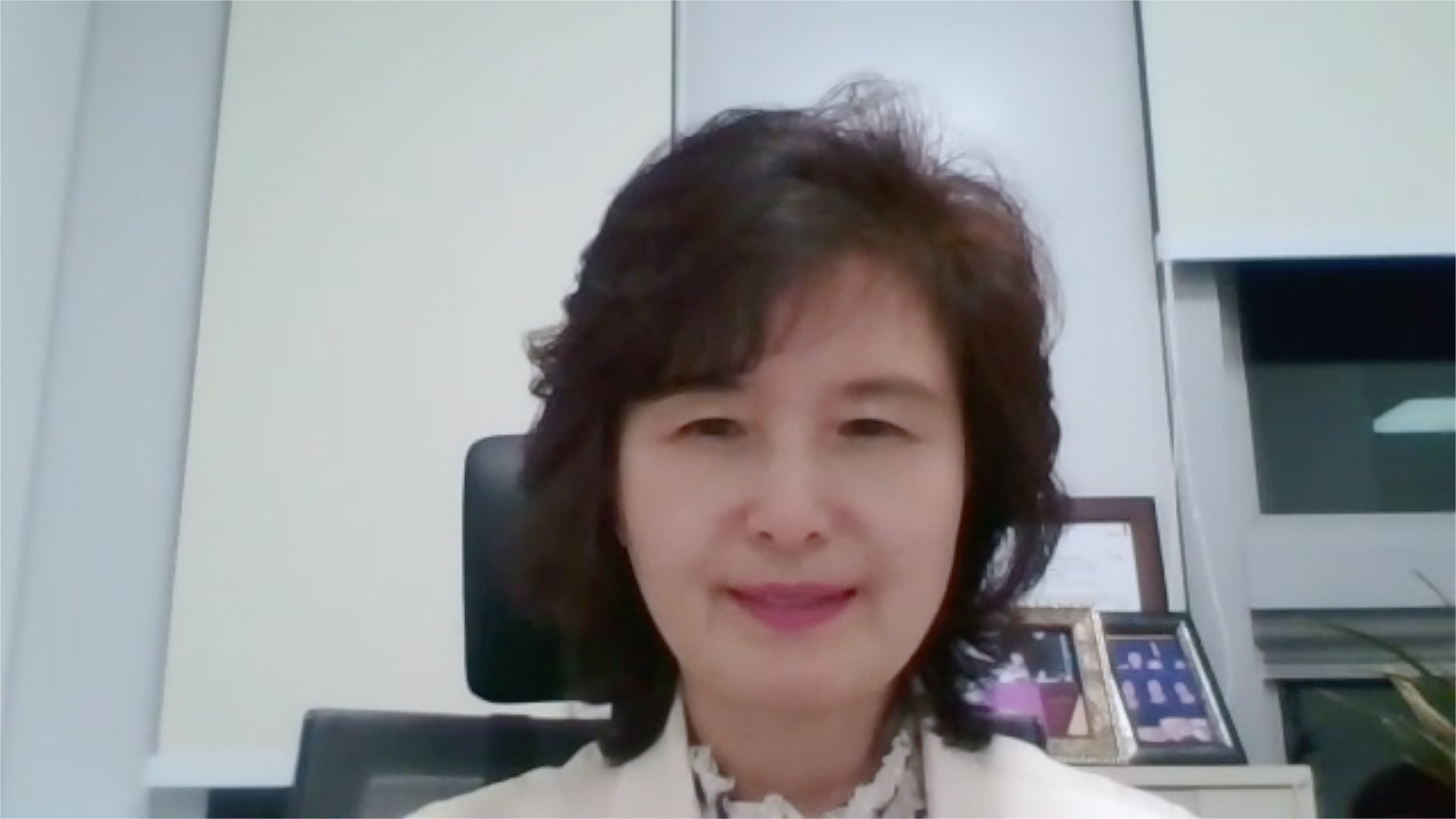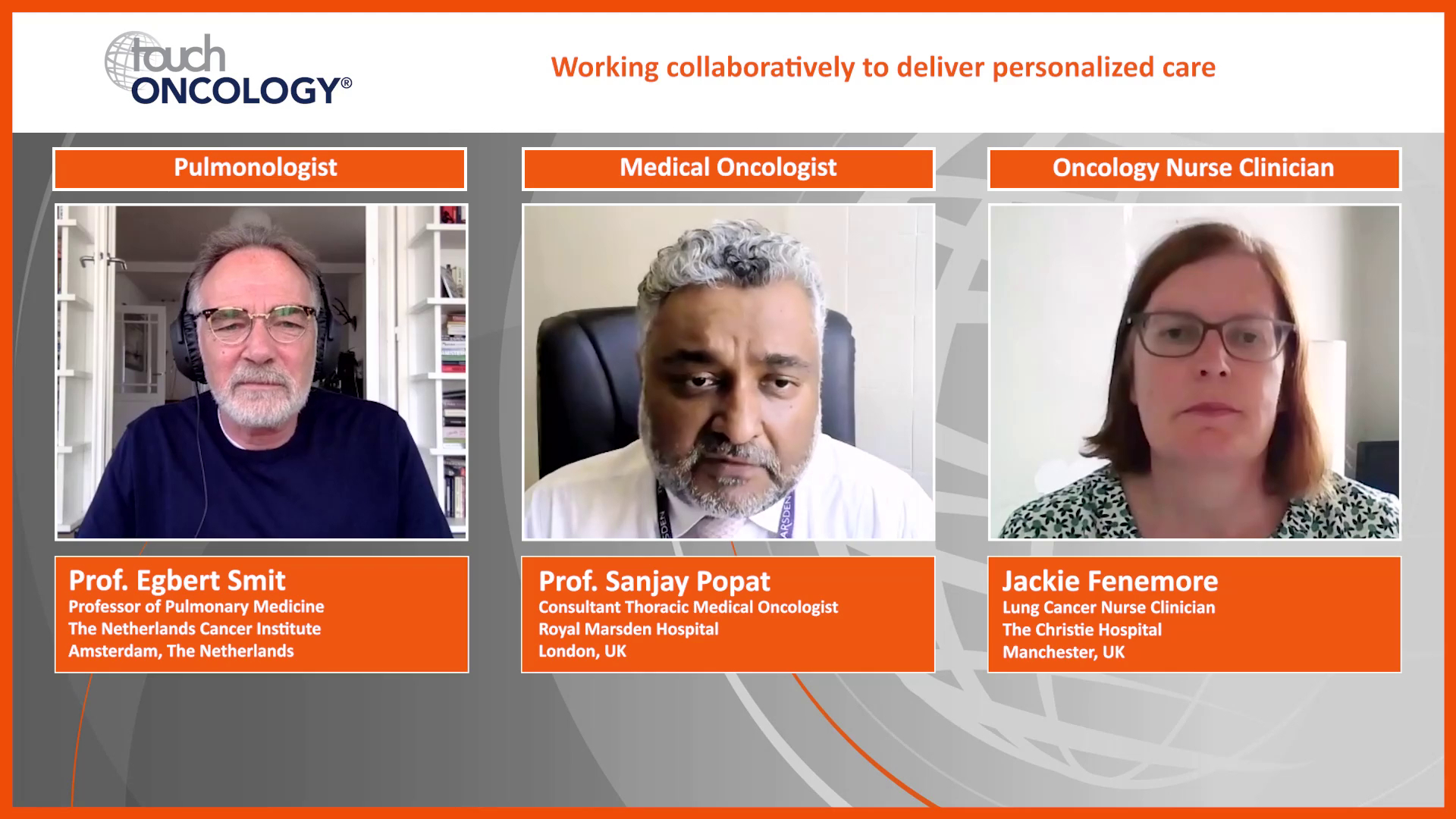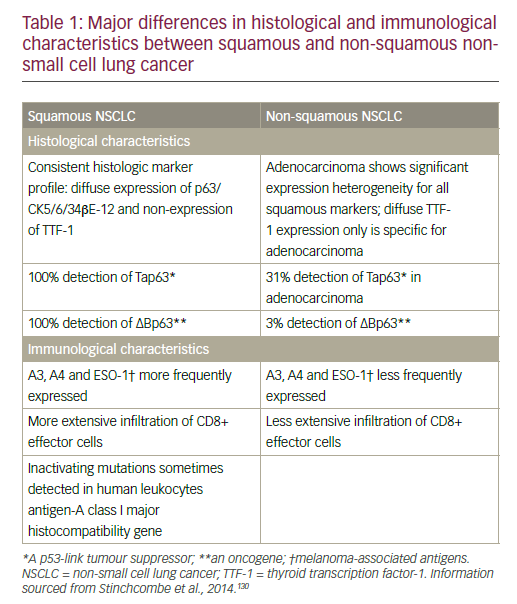touchIN CONVERSATION
 A relaxed discussion between two faculty focussed on real world clinical issues. Useful tips below will show how to navigate the activity. Join the conversation.
Close
A relaxed discussion between two faculty focussed on real world clinical issues. Useful tips below will show how to navigate the activity. Join the conversation.
Close
 A relaxed discussion between two faculty focussed on real world clinical issues. Useful tips below will show how to navigate the activity. Join the conversation.
Close
A relaxed discussion between two faculty focussed on real world clinical issues. Useful tips below will show how to navigate the activity. Join the conversation.
Close
Personalized therapy for NSCLC: Biomarker testing, treatment and management in the presence of MET alterations
- Select in the video player controls bar to choose subtitle language. Subtitles available in English, Japanese.
- Downloads including slides are available for this activity in the Toolkit
Learning Objectives
After watching this activity, participants should be better able to:
- Outline the evolving landscape of biomarker testing in advanced NSCLC and the methods used to identify patients with MET alterations
- Recall the latest efficacy and safety from MET-inhibitor clinical trials in advanced NSCLC and implications for management
- Discuss the mechanisms of resistance to targeted treatment in advanced NSCLC and the role of MET amplification as a potential therapeutic target in the post EGFR-TKI setting
Overview
In this activity, Prof. Paul Paik and Dr Yasushi Goto discuss the current biomarker recommendations for NSCLC and the evolving treatment landscape in the management of patients with MET alterations. They consider biomarker tests used to guide first-line treatment, the current evidence for MET inhibitors, and how to optimize their use in patients with NSCLC. The discussion is guided by pre-canvassed questions provided by the lung cancer clinical community.
This activity is jointly provided by USF Health and touchIME. read more
Target Audience
Oncologists including lung cancer specialists, respiratory specialists and pathology specialists involved in the management of NSCLC.
Disclosures
USF Health adheres to the Standards for Integrity and Independence in Accredited Continuing Education. All individuals in a position to influence content have disclosed to USF Health any financial relationship with an ineligible organization. USF Health has reviewed and mitigated all relevant financial relationships related to the content of the activity. The relevant relationships are listed below. All individuals not listed have no relevant financial relationships.
Faculty
Prof. Paul Paik discloses: Advisory board or panel fees from Bicara Therapeutics (relationship terminated), EMD Serono, Janssen Pharmaceuticals (relationship terminated), Mirati Therapeutics (relationship terminated) and Takeda (relationship terminated). Consultancy fees from Novartis (relationship terminated). Grants/research support from Bicara Therapeutics, EMD Serono and Genentech.
Dr Yasushi Goto discloses: Consultancy fees from AstraZeneca, Boehringer Ingelheim, Chugai Pharmaceutical, Daiichi Sankyo, Eli Lilly, GSK, Guardant Health, Illumina, Janssen Pharmaceuticals, Kyorin Pharmaceutical, Merck, MSD, Novartis, Ono Pharmaceutical, Pfizer and Taiho Pharmaceutical. Grants/research support from Abbvie, AstraZeneca, Bristol Myers Squibb, Daiichi Sankyo, Eli Lilly, Guardant Health, Kyorin Pharmaceutical, MSD, Novartis, Ono Pharmaceutical, Pfizer and Preferred Network. Speakers’ bureau fees from AstraZeneca, Boehringer Ingelheim, Bristol Myers Squibb, Chugai Pharmaceutical, Eli Lilly, Guardant Health, Kyowa Kirin, Merck, MSD, Novartis, Ono Pharmaceutical, Pfizer, Taiho Pharmaceutical, Takeda, Thermo Fisher Scientific and Towa Pharmaceutical.
Content Reviewer
Alicia Canalejo has no financial interests/relationships or affiliations in relation to this activity.
Touch Medical Contributors
Kathy Day has no financial interests/relationships or affiliations in relation to this activity.
USF Health Office of Continuing Professional Development and touchIME staff have no financial interests/relationships or affiliations in relation to this activity.
Requirements for Successful Completion
In order to receive credit for this activity, participants must review the content and complete the post-test and evaluation form. Statements of credit are awarded upon successful completion of the post-test and evaluation form.
If you have questions regarding credit please contact cpdsupport@usf.edu.
Accreditations
Physicians
This activity has been planned and implemented in accordance with the accreditation requirements and policies of the Accreditation Council for Continuing Medical Education (ACCME) through a joint providership of USF Health and touchIME. USF Health is accredited by the ACCME to provide continuing medical education for physicians.
USF Health designates this enduring material for a maximum of 0.75 AMA PRA Category 1 CreditTM. Physicians should claim only the credit commensurate with the extent of their participation in the activity.
The European Union of Medical Specialists (UEMS) – European Accreditation Council for Continuing Medical Education (EACCME) has an agreement of mutual recognition of continuing medical education (CME) credit with the American Medical Association (AMA). European physicians interested in converting AMA PRA Category 1 CreditTM into European CME credit (ECMEC) should contact the UEMS (www.uems.eu).
Advanced Practice Providers
Physician Assistants may claim a maximum of 0.75 Category 1 credits for completing this activity. NCCPA accepts AMA PRA Category 1 CreditTM from organizations accredited by ACCME or a recognized state medical society.
The AANPCP accepts certificates of participation for educational activities approved for AMA PRA Category 1 CreditTM by ACCME-accredited providers. APRNs who participate will receive a certificate of completion commensurate with the extent of their participation.
Date of original release: 14 September 2023. Date credits expire: 5 October 2024.
If you have any questions regarding credit please contact cpdsupport@usf.edu.
To obtain the CE/CME credit(s) from this activity, please complete this post-activity test.
Claim Credit- Select in the video player controls bar to choose subtitle language. Subtitles available in English, Japanese.
- Downloads including slides are available for this activity in the Toolkit
You may also be interested in...

REGISTER NOW FOR FREE ACCESS TO
- 1000+ topical and insightful peer-reviewed journal articles
- 100+ hours of bite-sized congress highlights
- 10 major therapy areas packed with the latest scientific advances
- 150+ specialties offering learn-on-the-go medical education
- + Concise email updates and newsletters so you never miss out








